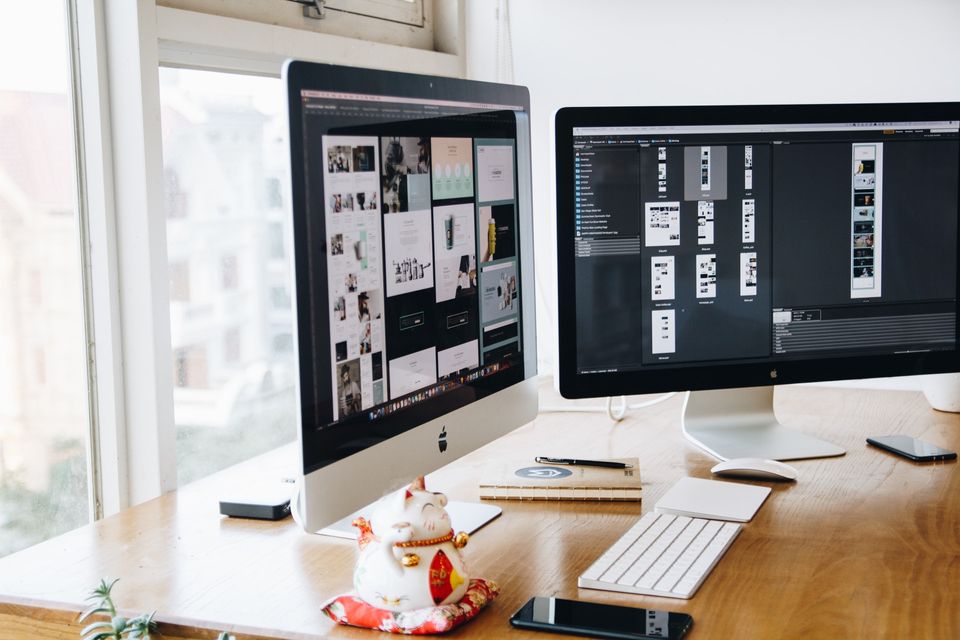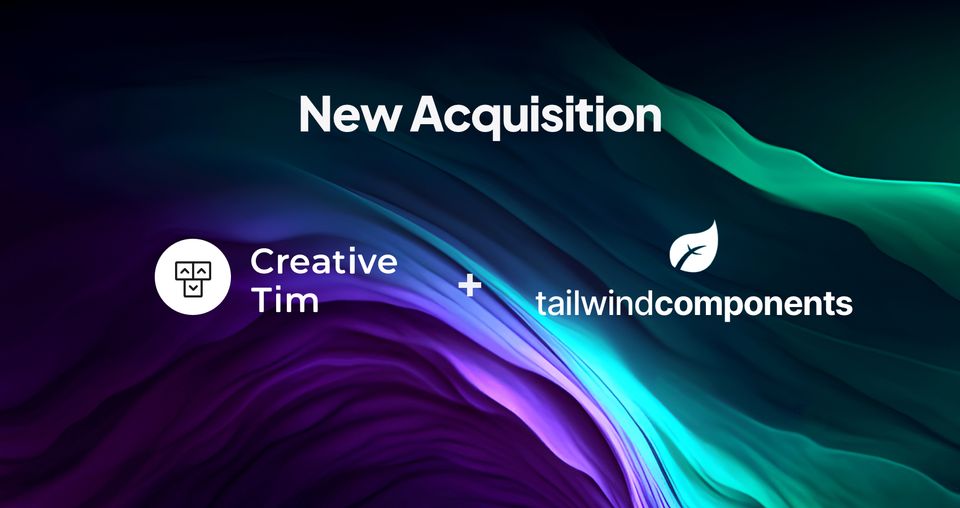The results of graphic design surround us in every aspect of our daily lives. When you get ready in the morning, the look of the shampoo bottle you use is a result of graphic design. As you drive to work, you see billboards designers developed, and when you enter a grocery store, you see eye-catching signs and banners. It would be impossible to make it through a day without graphic design touching our lives in some way.
In the past five years, graphic design has grown into a $15 billion industry, increasing by about 3.6 percent. Graphic design is a vital part of branding for every type of company, from B2B to B2C corporations. Design influences society and drives marketing efforts. Let’s look at nine different industries and how graphic design impacts each and the world at large.
1. Promotional
One of the most obvious uses of graphic design is for business promotion, such as advertisements in print and online. Businesses depend on graphic design for marketing their goods and services. Without graphic design, the promotion wouldn’t exist. The two go hand in hand.
The employees of advertising agencies are typically graphic designers, specialists in various types of marketing — such as social media — and managers in graphic design and public relations-related fields.
2. Fashion
Fashion is another area where you’ll find a lot of design work. Even though fashion designers create the clothes, graphic designers must figure out how to label them and best promote them. Think about the last time you visited a clothing store. You likely saw big signs in the windows and display racks with images of models wearing the clothing.
Graphic design infiltrates even other design fields, as different designers compete against one another to grab consumers’ attention.
3. Warehouses
When you think about where graphic design appears, you might not immediately think of warehouses, but even here, you’ll find signage and elements graphic designers developed.
One example is safety signage in warehouse facilities. The right safety signs help reduce accidents, increase efficiency, protect companies from expensive lawsuits and promote a focus on safety.
4. Software
The last time you downloaded software or an app, you likely noticed a cover image that drew your attention. Even something as technical as new software needs an image making it attractive to its target audience.
Those who design software may have a background in graphic design, or elements of it, and do some of the image work themselves. On the other hand, they might also hire a freelance graphic designer for this type of work.
5. Trade Shows
The last time you attended a trade show, you might not have realized just how much graphic design you encountered as you walked from booth to booth throughout the exhibits. The typical trade show offers signage pointing you in the direction you need to go, each booth has a unique look and additional signs pull you into the experience in each stall.
All these elements come together because a graphic designer somewhere created the look with an eye toward what draws people in. Graphic designers for trade shows must consider the viewing distance for each sign and come up with a seamless look that attracts attention from a distance, as well as up close. The look must also coincide with the company’s overall brand standards.
6. E-Commerce
Online-only stores need graphic design more than some other types of businesses that rely on physical products to draw in customers. E-commerce needs a strong logo, a user-friendly design and unique images that clearly show the product or service.
Almost every graphic designer will create a website at some point in their career. Designers typically work for marketing agencies, design firms or set out as freelance designers. Freelancers usually work with smaller businesses. Think about it — every website you visit has a designer of some sort behind it, and there are millions of sites in the world.
7. Air Transportation
A graphic design artist created that safety information sheet you studied before takeoff on your last flight. The logo on the side of the plane owes its origins to graphic design. The signage in the airport is the work of a professional with an eye for detail and the use of positive and negative space.
You might not come up with specific industries off the top of your head, but nearly any industry you can think of ties back to graphic design in some way.
8. Nonprofit Organizations
Another area where graphic design plays a role is in creating goodwill content for marketing. In nonprofit organizations, the use of graphics to promote goodwill is readily apparent, such as when the artist creates an infographic showing a need in society or how the organization changed things in the last few years.
Nonprofits don’t usually have a graphic artist on full-time staff but may have a marketing professional who also does graphic design. The marketing professional is responsible for any content that leaves the organization, from letters to donors to signs to social media advertising.
9. Product Packaging
Any physical product has packaging that makes it shippable and attractive to consumers. Designers must consider how the packaging looks against competing brands on the shelf, how well the package stacks and how it fits into a shipping container.
In addition to the shape and function of the package, the designer must consider color and whether it ties into the overall brand image, while still popping out on the shelf for anyone walking past the product.
Impact on Every Industry
While we’ve listed nine industries here, graphic design impacts every sector on the planet. If you run a small homestead farm and sell canned apples from your orchard, the label on the jars is the result of graphic design. If you own a multi-million-dollar corporation and sell gadgets, the advertising you do and the product packaging is a result of graphic design. Design permeates everything, and once you realize the impact it has, you’ll start to notice and appreciate graphic designs everywhere.




